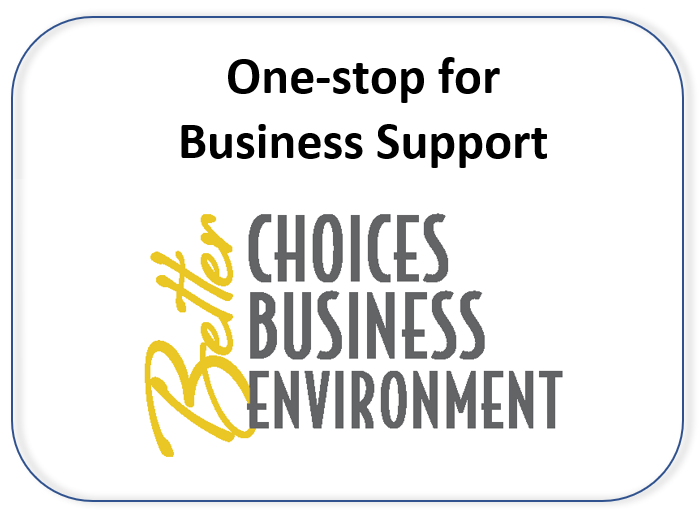Secondary aluminum
The secondary aluminum production industry takes scrap aluminum and heats it to the point of driving off any contaminants. Clean aluminum is collected and made into blocks for reuse in industry. The processing of scrap will generate air pollution and may also be affected by waste management and water discharge regulations.
Air pollution regulations
When heating the scrap and contaminants, the process generates hazardous air pollutants (HAPs). The EPA issued a national emission standard for HAPs (NESHAP) to regulate the amount of pollutants emitted. Major sources, those with emissions greater than 10 tons per year of one federal HAP or 25 tons per year of all federal HAPs combined, have to meet the NESHAP. Even the smallest sources, called area sources (which have HAP emissions below major source levels), have to meet dioxin/furan limits in the standard for certain processing units.
- For a summary of the requirements in the rule that affect area sources covered by the rule, read Secondary Aluminum Production Facility NESHAP - Area Sources Requirements (SB-121).
- New sweat furnaces will need to file a Notice of Compliance Status for Secondary Aluminum Production Facilities with Sweat Furnaces (SB-128) form with the DNR.
- The EPA prepared a Secondary Aluminum Sweat Furnace Workbook to walk owners of a sweat furnace through all the requirements in the rule and provides a checklist. The page includes versions with and without pictures, if download size is an issue for you.
- Other information is available at EPA's Secondary Aluminum Production NESHAP page.
Waste regulations
Unused scrap materials may be considered hazardous waste. Before disposing of any unused materials from processing scrap, it is important to review whether the material is hazardous and then properly manage the waste going forward. Start with the SBEAP's hazardous waste page and learn more about hazardous waste management.
Wastewater regulations
- Small industrial sources should check with their local wastewater treatment plant or sewerage district about disposal of any industrial waste liquids. They will have limits on what contaminants can be sent to the sewer. You may need to pretreat your wastewater discharge before sending it to the treatment plant. Review the requirements starting on the DNR's Wastewater page.
- Small industrial sources may also have to comply with a storm water discharge permit, or certify that they are not a source of exposure to storm water contamination. Review the storm water runoff permits page for more details.
| Additional resources |
|---|

